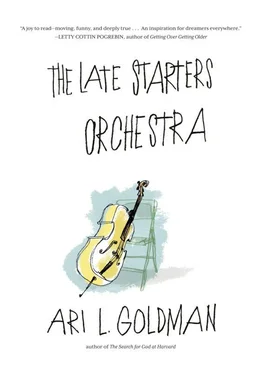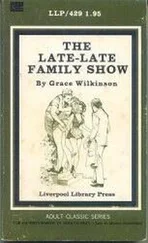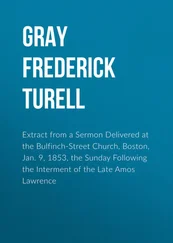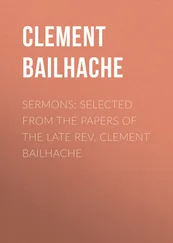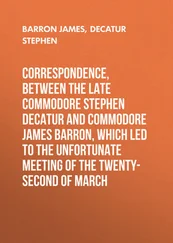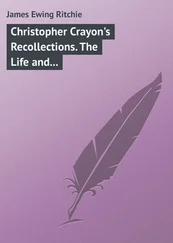But then it has something that is both male and female. It has a soul.
For Mr. J, the soul of the cello was the sound post, that small dowel of wood that sits inside the cello and transfers the sound from the top panel of the instrument to the back panel and beyond. You can’t see it, but believe me, it is there, inside, set right under the bridge of the cello. If the sound post falls, your cello sounds weak, hollow, and thin, but with the sound post in place, it has not just sound but soul.
Mr. J’s anthropomorphic notions had a great impact on me. Playing the cello was not simply a mechanical act but an engagement with another body and another soul. It meant commitment, respect, loyalty, devotion, even love.
The first order of business was to buy an instrument of my own. Adult full-sized cellos are expensive, with a starting price of a thousand dollars for anything decent. From there the sky’s the limit, and some Stradivaris and Guarneris are worth millions of dollars. Adults who take up the cello are advised to rent first. All too often, adults fall out of love with the instrument or simply feel it is too hard to master. (The parents of children are also advised to rent, not only because the child might stop playing, but because youth cellos come in different sizes and as soon as you buy a quarter- or half-size cello for your child, he or she may outgrow it.)
But I didn’t want to rent. After meeting Mr. J, I knew that I was in this for life. “I’m ready to buy,” I told Mr. J after our first lesson. He offered to go shopping with me but stopped and then thought a moment and added: “I might just have something at home that will work for you. It doesn’t look like much but it has a sweet sound.”
When I returned the next week, Mr. J took out a cello that was dark red in color. “This is ‘Bill,’ named for my friend Bill Robson, who gave it to me as a gift. Don’t be alarmed by all the nicks and cracks — or by the bullet hole in the front. I’m not sure how that got there, but it was nicely mended.”
I wondered who was shooting at Bill. The bullet hole, patched with a peg of wood, was right over where Bill’s heart might have been. “Bill” was a student cello, one built in the 1920s in France. Mr. J said he would sell it to me for five hundred dollars.
I was about to agree, but then he stopped me and said, “You must hear it first.” Of course, I thought. I was like the first-time car buyer who was ready to buy the car on the lot and without a test-drive, always a big mistake. Mr. J tuned the instrument and played each of the strings with the bow, the series simply called open strings. “A, D, G, C,” the notes rang out. In his hands, this student cello had a warm and generous sound. When I took it in my hands, it didn’t sound nearly as good. It sounded scratchy and uneven.
You need a ninety-degree angle. That’s ninety degrees where the bow meets the string and you must maintain it as you move the bow down and as you move the bow up. I wasn’t getting it and Mr. J, ever patient, corrected me again and again and again. He finally had me stand up and move my chair in front of the full-length mirror he kept in his studio. Now watch your bow. Watch your bow. Keep watching it until the ninety-degree angle becomes second nature. Little did I know that this would take years and years of practice. It would be years, in fact, before I could even approximate the sound Mr. J got out of that cello, even on open strings. In making music, the cello counts, Mr. J explained, but the cellist counts even more.
Mr. J and I discussed sound quality, what musicians call timbre. The particular sound of a particular instrument is its timbre, also known as tone color. It is what makes one musical sound different from another even when they have the same pitch and volume. For example, an A played on a cello will sound different from an A played on a gamba and an A played on a piano.
Mr. J demonstrated by playing all three A’s on the instruments that surrounded him in his studio . The piano A, the cello A, the gamba A, they are all the same note but they have a different timbre. And even an A on your cello sounds different than an A on mine. Again, he paused and demonstrated.
It’s like men and women talking. You can tell which is the man and which is the woman. That is because of timbre. But more than that. Just like you can tell one man from another and one woman from another, you can tell one cello from another and one cellist from another. Timbre makes the difference.
I took weekly lessons with Mr. J for seven years, and with each lesson I found more of my rhythm, melody, harmony, and timbre.
At the same time, I was advancing in my reporting career, moving from a suburban reporter to a city reporter specializing in education, politics, transportation, and eventually religion. I would often have to cancel lessons because of deadlines and travel, but Mr. J was understanding. He knew my job came first. If anything, I was the one who felt bereft when I didn’t have a lesson. I needed some harmony in my life.
In those special moments before each formal lesson began, I told Mr. J about my new beats and my growing body of articles. He wasn’t a regular Times reader and he asked me to bring my articles to our lessons so he could see what I was up to. I would clip them out and show them off like so many baby pictures. I took pride in my work but I wanted more. I was quickly moving through my early thirties and I wanted my own family — with real baby pictures.
One week I told Mr. J that I was dating a girl and thinking of marriage. “I must meet her,” he said. Shira had not yet met my father, although I had introduced her to my mother. I wasn’t keeping Shira from my dad; it was just that he never asked. Mr. J asked. I brought Shira to the next lesson and he, like me, was smitten. Shira, eleven years my junior, is gorgeous with an equally high-wattage personality. Was then; is now. But what captivated me most, from the start, was her voice.
I am a sucker for a beautiful voice. My mother, Judith, couldn’t sing but, oh, could she talk. There was energy, melody, rhythm, harmony, grace, and a range of expression — from surprise to joy to concern to sadness — that no instrument could duplicate. My mother, born in Brooklyn, was the eldest of four girls in her family. She had an older brother, but no one held a candle to her oratorical abilities. She was articulate and commanding. She trained to be a teacher at Brooklyn College and then got an advanced degree in library science from Columbia. She devoured books like a hungry man devours food. She read everything and seemed to remember everything, not just the stories, but the words and expressions used to tell the stories. And she made these words and stories her own. Her voice was the sound track of my childhood.
I first heard Shira’s voice on the phone. She, a rabbi’s daughter, was just out of college and was calling, on the recommendation of a “mutual friend,” with questions about a career in journalism. In observant Jewish circles, I was the go-to person to talk about journalism. But I barely listened to Shira’s questions. I was taken by the voice. With some callers, a few minutes on the phone would suffice, but Shira left me hankering for more. I always suspected that our “mutual friend” knew I would fall in love. Shira and I met a short while later for breakfast and, within a few months, we were engaged.
“Beautiful voice,” Mr. J said approvingly.
Shira and I married in 1983, in the backyard of the Westport, Connecticut, home that my mother shared with her second husband. Mr. J came and brought along his cello. As Shira and I stood under the marital canopy, he played “Air on the G String” by Bach and “The Swan” by Saint-Saëns.
Читать дальше
